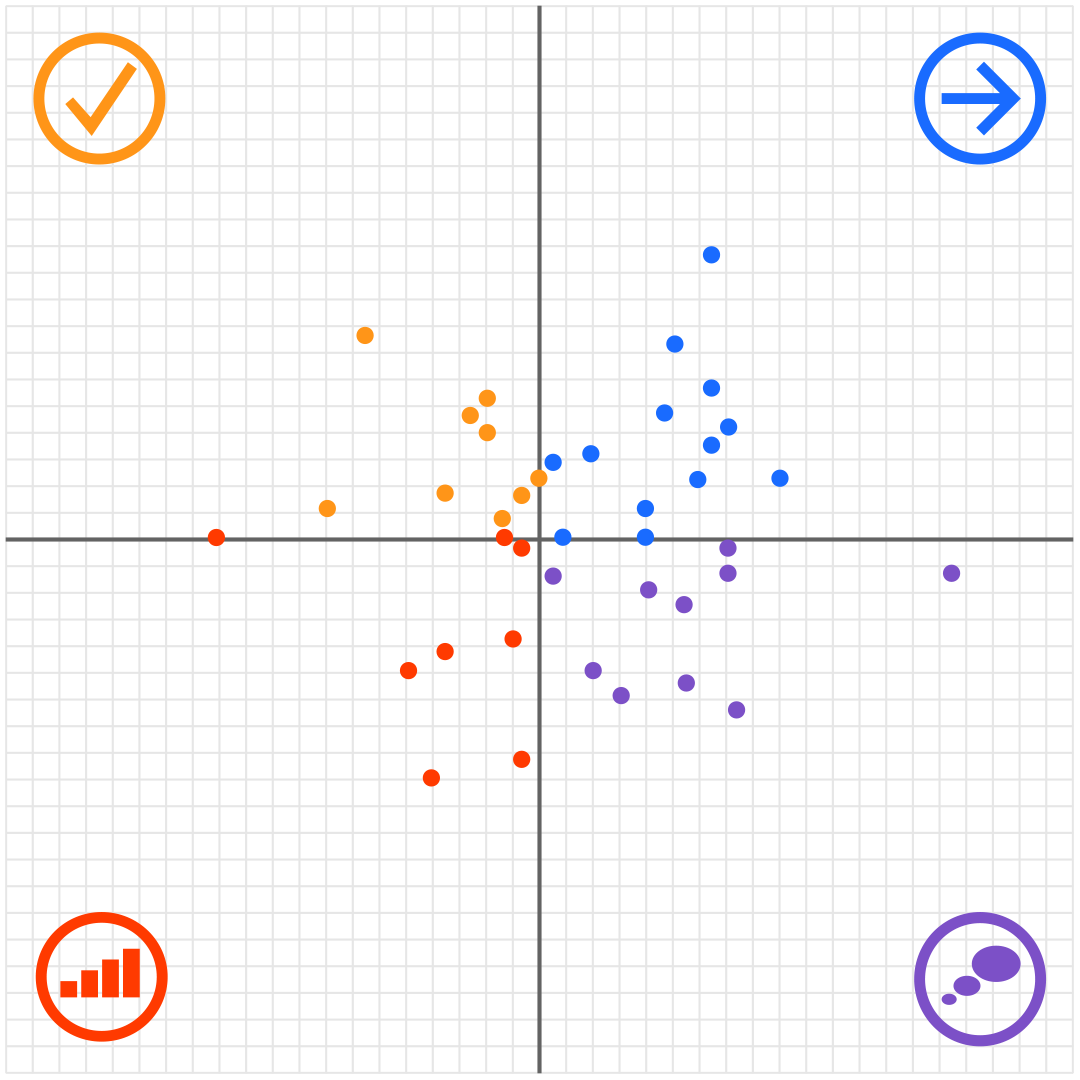The Basadur Profile is a proven assessment tool validated by research that provides insight to how people and teams prefer to think during the innovative process. By identifying these preferred styles, team members can develop a more open mind to their perception of others as well as the various mindsets required to be successful in innovation.

Discover the innovation styles & cognitive diversity of your team today!
How The Profile Works?
The first thing the Basadur Profile does is recognize that different people have different capabilities. Depending on the individual, one person’s approach to problem-solving and innovative thinking will be different to someone else’s.
Some people’s strengths lie in initiating new projects and opportunities, and actively seeking out problems that need solving. Others are at their best when defining and understanding new initiatives. For some it’s about producing concrete solutions and turning ideas into workable reality, while others enjoy finishing things off and taking action to make things happen.
The Profile identifies these different styles and creates four corresponding categories: Generators, Conceptualizers, Optimizers and Implementers.





